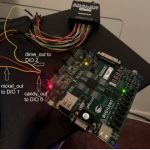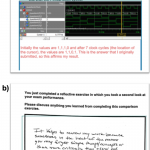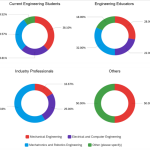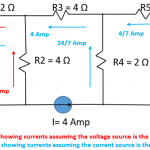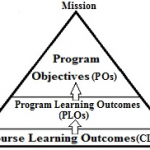Active Learning Techniques in Digital Design Education for Engineering Technology Students
Abstract
The goal of this paper is to describe the motivation, methodology and results of introducing Active Learning Techniques in a Digital Design course. Digital Design is a four-credit junior level course for electrical and computer-engineering technology majors at Farmingdale State College, State University of New York. The students enrolled in this course have a large range of skills in term of experience with laboratory equipment, computer-based tools, and programming. The course introduces students to VHDL Hardware Description Language as the design entry method for digital circuits and to Field Programmable Gate Arrays (FPGA) platforms for the implementation of the digital circuits. Active learning techniques implemented in the course offer students more learning opportunities, potentially improving students’ knowledge and skills in digital design.
